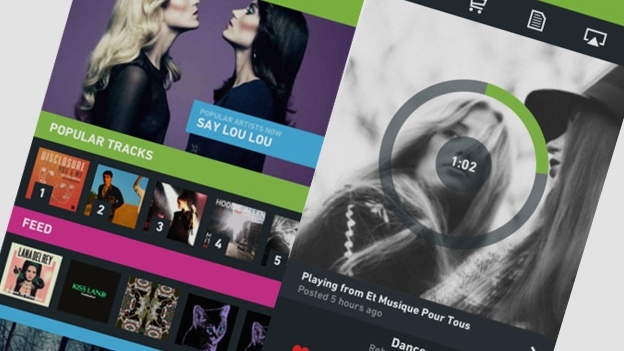
As he describes it, he’s built his career on investing in “underpriced attention.” His ability to sell books and high-priced marketing services to brands, sports stars, and musicians depends on his ability to garner attention (and to leverage that attention to achieve his clients’ aims). So the price of attention varies by platform. And Snapchat’s cost per click is somewhere in between - it can charge more than Twitter because it attracts coveted millennials more than other platforms. (An advertiser typically pays for an ad only when it’s clicked on, known as the “cost per click,” or CPC, pricing model.) Twitter’s prices, by contrast, are lower. For example, Facebook can charge higher per-click prices for its ads. Different platforms fetch different prices for their ads as well. It’s priced, sometimes by auction and sometimes through direct sales, according to who the ad will be shown to, the page on which it will be shown, the time it will be shown, where on the page it will be shown, what type of ad it is (for example, a video interstitial ad, a newsfeed ad, or a banner display ad), and so on.

But not all ad inventory is valued equally. In ad-driven businesses, the more users an app, platform, or publisher has, and the more time their users spend with them, the more ads the app, platform, or publisher can show: in marketing-speak, the more ad inventory they have to sell. That, in essence, determined how much we were worth. These two numbers summarized how many people’s attention we had and what fraction of their attention we commanded every day. We didn’t sell advertising, and we didn’t share users’ data, but our market valuation depended completely on how fast our user base grew and how engaged consumers were with the app. But the two metrics that were the most critical for managing the business were user growth and engagement. The monitor cycled through screens summarizing what was happening on the platform in real time - the number of times the app was downloaded, user retention, connections between users, conversations, profile opens, searches.
#Hype machine office tv#
To keep our team informed, we installed a large TV monitor in the most central spot in our San Francisco office, right across from the kitchen, where everyone would congregate during breaks from coding. We built a dashboard to track all the key metrics describing the growth and use of the platform around the world. When we were building Humin (my second startup, which we sold to Tinder in 2016), we were obsessed with analytics.

The social media platforms that make up the Hype Machine serve as intermediaries between consumers and institutions (brands, governments, nonprofits, and small-business advertisers) delivering content and persuasive messages to consumers and selling consumers’ attention to institutions, in the form of ad inventory, as an opportunity to persuade them to change their behavior, as well as targeting and optimization services to improve the effectiveness of the institutions’ persuasion. That’s why the platforms are obsessed with (and why their market valuations depend on) user growth (the increase in the number of users on a social platform) and engagement (the frequency and intensity of users’ interactions with social content and features).įigure 9.1 The structure of the attention economy. The amount and quality of the platforms’ ad inventory - the units of advertising they have to sell - scales with the number of consumers they serve and how engaged those consumers are with the content the platforms curate (Figure 9.1). They then sell that attention to brands, governments, and politicians who want to change people’s perceptions, opinions, and behaviors with ads.

Platforms like Facebook, Twitter, and YouTube provide connections, communication, and content to get consumers’ attention. Q3 2020 hedge fund letters, conferences and more The Attention EconomyĪttention is valuable because it’s a precursor to persuasion.


 0 kommentar(er)
0 kommentar(er)
